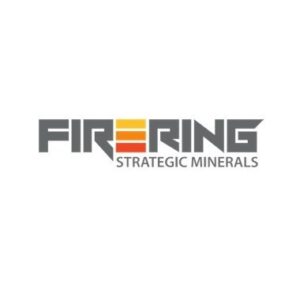Limestone, a sedimentary rock mainly composed of calcite, makes up approximately 15% of the Earth’s sedimentary crust and serves as a cornerstone in construction and various industrial processes. Its prevalence as a primary material extends across applications, from aggregate and cement production to the creation of building stone. In the United States, 71% of crushed stone produced consists of either limestone or dolomite. Beyond construction, limestone provides lime, a key ingredient in the production of goods like paper, glass, paint, plastics, and steel. Its applications further extend to water purification, food processing, and household products, including medicines.
Mining limestone, whether through surface or underground methods, generally depends on specific geographical and environmental factors. Surface mining involves removing overburden, drilling, blasting, and hauling the extracted ore to a processing plant. The type of equipment and scale of operations vary based on the production goals, deposit size, haul distances, and proximity to urban areas. Economic considerations and regulatory requirements also influence the choice of mining techniques, with surface mining usually chosen for its efficiency.
In underground limestone mining, the standard approach includes drilling, blasting, loading, and transporting rock to processing areas. Equipment used in underground mining differs significantly from surface operations, with horizontal and down-hole drills creating smaller blast holes and producing less material per blast. Additional machinery may include powder loaders for handling blasting compounds, scaling rigs for clearing loose rocks, and roof-bolting equipment as a safety precaution to secure mine ceilings.
Typically, underground limestone mines operate as room-and-pillar setups, where rock is recovered from large, supported rooms and benches. Mines may reach up to 30 metres in height with rooms approximately 13.5 to 15 metres wide. A V-type drill pattern maximises rock extraction per blast, reducing unbroken rock on the shot face. Roof scaling is often a standard safety measure, and depending on mine conditions, roof bolting may also be required. Transport in these mines typically uses 22 to 45-ton haul trucks, front-end loaders, and sometimes specialised load-haul-dump units for efficiency in confined spaces.
Lime derived from limestone plays a significant role in industrial applications, especially in steel production, where it serves as a flux to eliminate impurities such as phosphorus and sulfur. Power plants use lime in smokestacks to filter sulfur from emissions, while other uses include water purification, wastewater treatment, and in the manufacture of paper and pulp. Limestone is also vital in traditional construction methods and road building, cementing its role as an essential resource across industries.
From construction and mining to the production of diverse consumer goods, limestone remains an indispensable material. Its versatility and abundance make it a cornerstone of modern industry, driving its demand and the ongoing development of mining techniques to meet various needs.
Firering Strategic Minerals plc (LON:FRG) is an AIM-quoted mining company focused on becoming a near-term cash generating producer of Quicklime, through their Limeco Project in Zambia, whilst at the same time progressing with the exploration and development of their Atex Lithium Project, Côte d’Ivoire.


